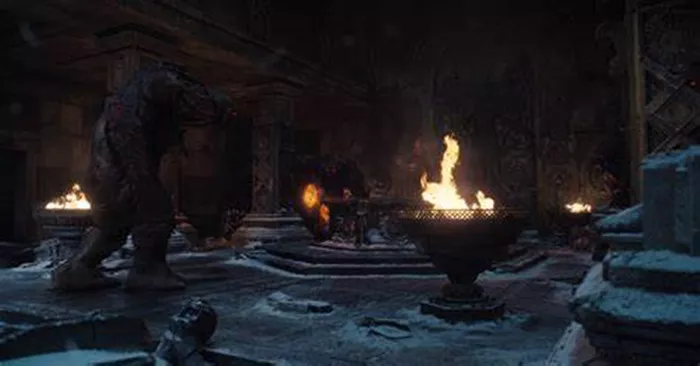Over four decades ago, Marvel’s “Tomb of Dracula” was reimagined in an anime format by Toei Animation, resulting in the 1980 film Dracula: Sovereign of the Damned. This unique adaptation merged Western comic book lore with Japanese storytelling, setting a precedent for future collaborations between Marvel and anime studios.
A New Era for Dracula
In 1972, Marvel Comics introduced Tomb of Dracula, a series that pushed the boundaries of horror and comic book storytelling. Created by Gerry Conway, Roy Thomas, Stan Lee, and Gene Colan, the series redefined the legendary vampire for a modern audience, and its seven-year run became a staple of horror comics. Although the series concluded in 1979, its legacy was far from over. Toei Animation, known for adapting Western stories for Japanese audiences, took on the challenge of transforming Dracula’s tale into an anime feature.
Adapting the Legend
Released on August 19, 1980, Dracula: Sovereign of the Damned aired on TV Asahi in Japan. The adaptation condensed the complex narrative of Tomb of Dracula into a 94-minute film, weaving together multiple storylines from the comic series. The film introduced Japanese audiences to Marvel’s version of Dracula while Western viewers had to wait three years to experience this cultural crossover.
Toei’s experience with projects like The King Kong Show and The Smokey Bear Show made them an ideal choice for this adaptation. Marvel, seeking to expand its audience, saw Toei as the perfect partner to bring Dracula to life in a new medium. The task of condensing the series’ 70-issue run fell to writer Tadaaki Yamazaki, who skillfully merged key story arcs into a single cohesive narrative.
A Fusion of Cultures
The film opens with Dracula establishing a life in Boston, Massachusetts, where he encounters a Satanic cult led by Anton Lupeski. Amidst the dark tale, Dracula falls in love with Domini, a member of the cult, and they have a child, Janus. The story takes a tragic turn when Janus is killed, only to be resurrected as the Golden Angel of Heaven, destined to oppose Dracula and all demonic beings.
The film also features other Marvel characters such as Frank Drake, a descendant of Dracula, Quincy Harker, and Rachel van Helsing, all of whom play crucial roles in the unfolding drama. The narrative builds to a climactic battle where Dracula, in an unexpected twist, becomes a hero of sorts, using crucifixes against evil forces. The film’s conclusion is both tragic and poignant, with Dracula and Quincy Harker meeting their end in a dramatic explosion, while Domini is left with a restored Janus.
The Legacy of a Cult Classic
Despite its age, Dracula: Sovereign of the Damned remains a fascinating piece of Marvel’s history. The film’s voice acting, especially by Kenji Utsumi as Dracula, and its hand-painted artistic style, continue to captivate fans. Though the animation may seem dated to modern audiences, it serves as a reminder of an era beloved by anime enthusiasts.
More importantly, Dracula: Sovereign of the Damned set the stage for Marvel’s future ventures into the world of anime. The success of this film paved the way for the Marvel Mangaverse and subsequent anime adaptations of characters like Iron Man, Wolverine, and the X-Men. While it might not be accurate to credit Dracula: Sovereign of the Damned with inspiring all of Marvel’s anime endeavors, it undoubtedly proved that cross-cultural collaborations could yield unique and compelling results.
In the years since, Marvel has continued to explore the intersection of Western comics and Japanese anime, resulting in a rich tapestry of storytelling that spans the globe. Dracula: Sovereign of the Damned stands as a testament to the enduring appeal of Marvel’s characters and the creative possibilities that arise when different cultures come together to tell a story.

